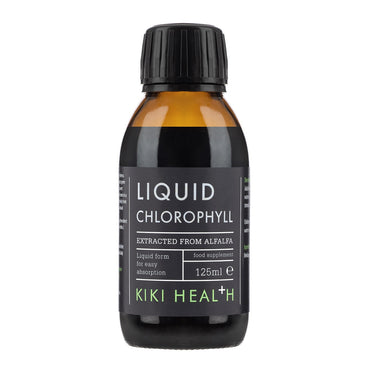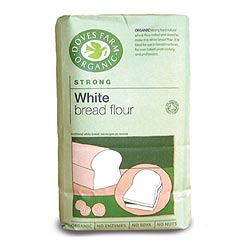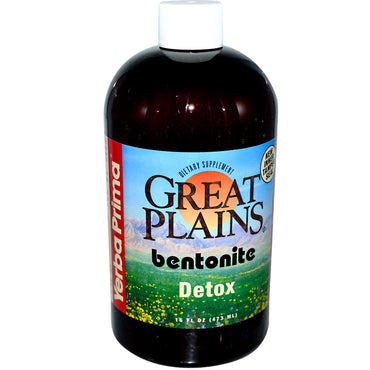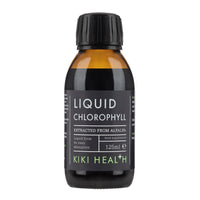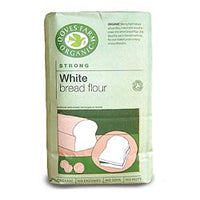

Frontier Natural Products, Whole Celery Seed, 16 oz (453 g)
£10.92 GBP
Disclaimer
While VITAMINSUK strives to ensure the accuracy of its product images and information, some manufacturing changes to packaging and/or ingredients may be pending update on our site. Although items may occasionally ship with alternate packaging, freshness is always guaranteed. We recommend that you read labels, warnings and directions of all products before use and not rely solely on the information provided by VITAMINSUK
This product is not intended to diagnose, treat, cure, or prevent any diseases.
Apium Graveolens Kosher Similar to fennel and anise, celery seed has a grassy, hay-like, slightly bitter aroma and taste. A biennial or annual herbaceous plant, celery's botanical name is Apium graveolens. Celery seed belongs to the same Umbelliferae family as parsley, parsnips, caraway, and carrots. These small, oval seeds add interesting texture and taste to salads, breads, and casseroles. They're also a key ingredient in some ethnic dishes and spice blends--like celery salt, bouquet garni, pickling blends and curries. The smallest of all seasoning seeds, celery seeds are a relative newcomer to the spice world. But don't underestimate them. While it takes 46,000 celery seeds to yield an ounce, it takes only two of the small, brown, aromatic seeds to conjure the flavor of a mouthful of celery stalk! Cultivated in India, China, France, and Egypt, the plant's branching stems produce masses of white or greenish white flowers. Ever think of celery as an aphrodisiac? The ancient Greeks and Romans--who also used it for medicinal purposes--did. Known as "smallage" when growing wild, celery was first domesticated for food use by the French and Italians in the late Middle Ages. In 17th century France, cultivated celery was used primarily as a broth flavoring. It took until the late 19th century for it to catch on in America, when recipes listing celery seed as a pickling spice first appeared.
Disclaimer
While VITAMINSUK strives to ensure the accuracy of its product images and information, some manufacturing changes to packaging and/or ingredients may be pending update on our site. Although items may occasionally ship with alternate packaging, freshness is always guaranteed. We recommend that you read labels, warnings and directions of all products before use and not rely solely on the information provided by VITAMINSUK
This product is not intended to diagnose, treat, cure, or prevent any diseases.

